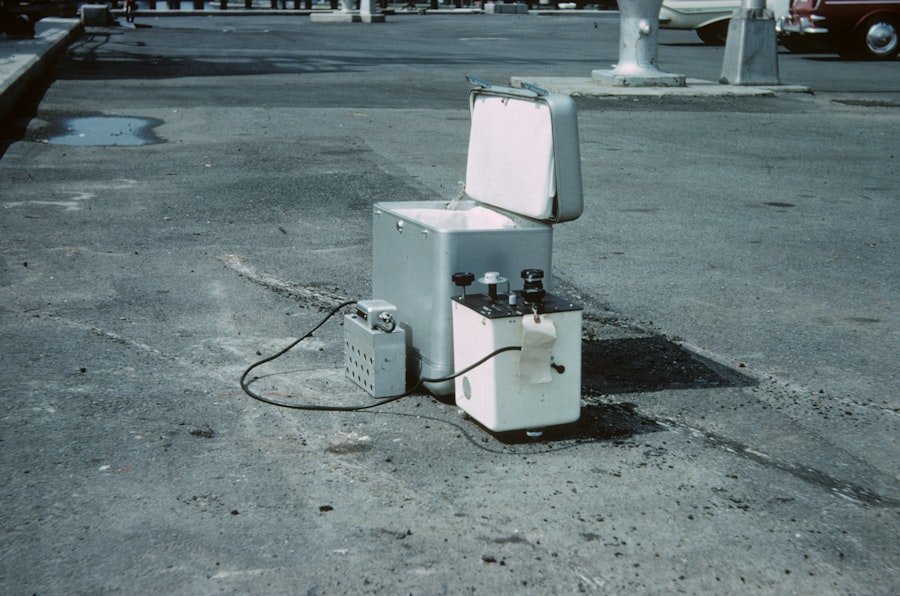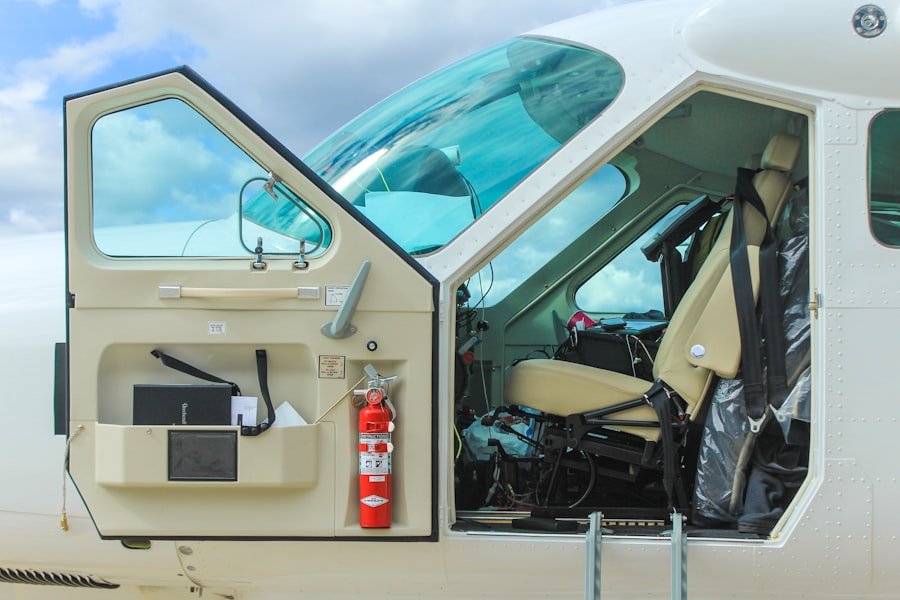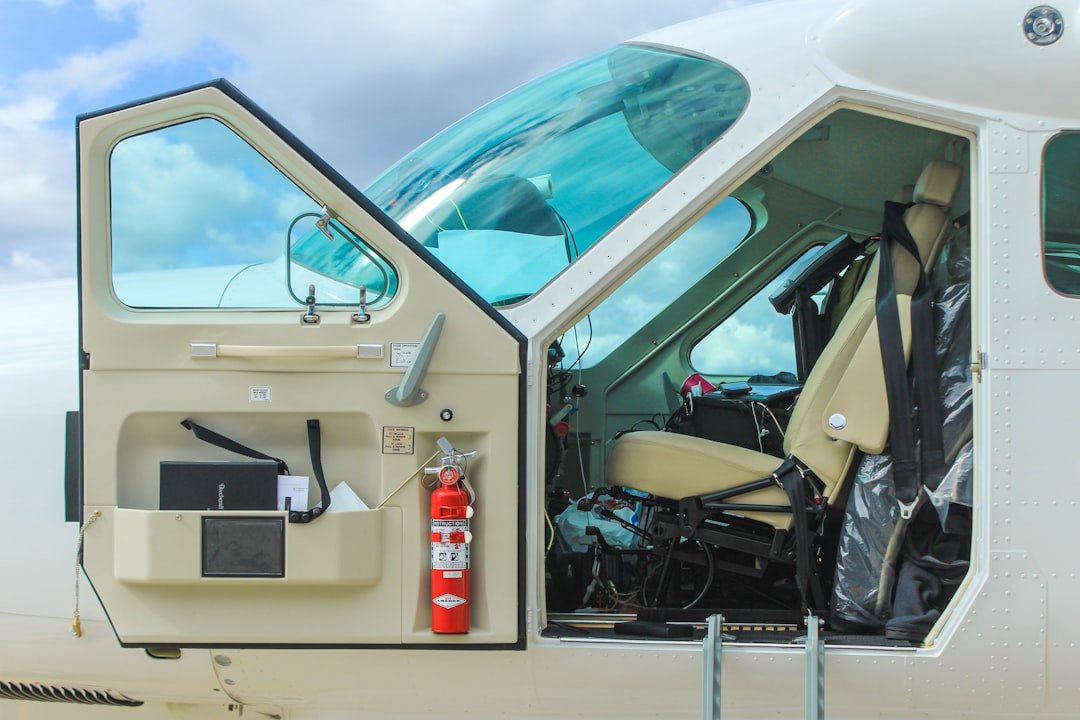The cooling system in a vehicle plays a critical role in maintaining optimal engine temperature, preventing overheating, and ensuring efficient performance. When air becomes trapped within this system, it can lead to a host of problems, including reduced cooling efficiency and potential engine damage. Air pockets can disrupt the flow of coolant, leading to hot spots within the engine that may cause overheating.
This is particularly concerning in modern vehicles where engine tolerances are tighter and the risk of damage from overheating is significantly higher. Bleeding air from the cooling system is essential for restoring proper coolant circulation. When the system is filled with coolant, it is crucial that it is free of air bubbles, which can act as insulators and prevent effective heat transfer.
By removing these air pockets, you ensure that the coolant can flow freely through the engine and radiator, allowing for efficient heat dissipation. This process not only enhances the performance of the cooling system but also prolongs the life of engine components by preventing overheating and associated wear.
Key Takeaways
- Bleeding air from the cooling system is important to ensure proper functioning and prevent overheating of the engine.
- Signs that your car’s cooling system needs to be bled include overheating, fluctuating temperature gauge, and coolant leaks.
- Before starting the bleeding process, it is important to prepare your car by allowing it to cool down and ensuring the radiator cap is cool to the touch.
- Identifying the bleed valves in your car’s cooling system is crucial for effectively removing air from the system.
- Steps to bleed air from your car’s cooling system include locating the bleed valve, opening it, and allowing the air to escape while adding coolant.
Signs that Your Car’s Cooling System Needs to be Bled
There are several indicators that suggest your car’s cooling system may require bleeding. One of the most common signs is an erratic temperature gauge reading. If you notice that the temperature gauge fluctuates unexpectedly or consistently reads higher than normal, it could indicate that air is trapped in the system, preventing proper coolant circulation.
Additionally, if your vehicle begins to overheat during operation, this is a clear signal that the cooling system is not functioning as it should. Another telltale sign is the presence of coolant leaks or a low coolant level in the reservoir. If you frequently find yourself needing to top off the coolant, it may be due to air pockets causing improper circulation and leading to localized overheating, which can result in coolant boiling over or leaking from hoses and connections.
Furthermore, if you hear gurgling or bubbling noises coming from the radiator or heater core, this could indicate that air is trapped within the system, necessitating a bleed to restore proper function.
Preparing Your Car for the Bleeding Process

Before you begin the process of bleeding air from your car’s cooling system, it is essential to prepare your vehicle properly. Start by ensuring that your engine is cool to avoid burns or injuries during the process. Allowing the engine to cool down for at least 30 minutes after driving will help prevent any accidents when you open the radiator cap or coolant reservoir.
Once the engine has cooled, gather all necessary tools and materials, including a funnel, a clean cloth, and possibly a bleeding kit if you choose to use one. Next, locate your vehicle’s service manual to understand specific procedures related to your make and model. Different vehicles may have unique requirements for bleeding their cooling systems, including specific bleed valve locations or recommended coolant types.
Familiarizing yourself with these details will streamline the process and ensure that you do not overlook any critical steps. Additionally, check for any visible leaks or damage in hoses and connections before starting; addressing these issues beforehand can save time and prevent complications during the bleeding process.
Identifying the Bleed Valves in Your Car’s Cooling System
| Bleed Valve Location | Function | Signs of Malfunction |
|---|---|---|
| Radiator | Release trapped air from the cooling system | Leaking coolant, overheating |
| Thermostat Housing | Allow air to escape from the system | Engine running hot, coolant leaks |
| Heater Core | Release air pockets from the heater core | No heat in the cabin, coolant odor |
To effectively bleed air from your car’s cooling system, it is crucial to identify the bleed valves present in your vehicle. These valves are typically located at high points in the cooling system where air tends to accumulate. In many vehicles, you will find bleed valves on or near the thermostat housing or along the upper radiator hose.
Some models may also have additional bleed points on the heater core lines. Once you have located these valves, it is important to understand how they operate. Most bleed valves are designed to release trapped air when opened, allowing coolant to flow through and push out any air pockets.
In some cases, these valves may require a specific tool for operation, such as a wrench or screwdriver. Familiarizing yourself with their location and function will enable you to perform an effective bleed and ensure that all air is removed from the system.
Steps to Bleed Air from Your Car’s Cooling System
The process of bleeding air from your car’s cooling system involves several straightforward steps. Begin by ensuring that your engine is off and cool. Open the radiator cap or coolant reservoir cap to relieve any pressure within the system.
If your vehicle has a bleed valve, locate it and prepare to open it using the appropriate tool. Place a container beneath the valve to catch any coolant that may escape during this process. Next, start your engine and allow it to idle while monitoring the temperature gauge.
As the engine warms up, coolant will begin to circulate through the system. Open the bleed valve slowly; you should hear a hissing sound as air escapes. Keep an eye on the coolant level in the reservoir; if it drops significantly, add more coolant as needed to prevent introducing more air into the system.
Once you see a steady stream of coolant without bubbles coming from the bleed valve, close it securely. After closing the bleed valve, continue to let your engine run for a few more minutes while monitoring the temperature gauge. This will help ensure that any remaining air pockets are expelled from the system.
Finally, turn off the engine and allow it to cool down again before checking and topping off the coolant level in both the radiator and reservoir as necessary.
Using a Bleeding Kit for More Efficient Air Removal

For those who prefer a more efficient method of bleeding air from their car’s cooling system, using a bleeding kit can be highly beneficial. These kits typically include specialized tools designed to create a vacuum within the cooling system, effectively removing air without requiring multiple manual bleeds. The vacuum method works by drawing out air pockets while simultaneously allowing coolant to fill any voids created during this process.
To use a bleeding kit, start by connecting it to your vehicle’s cooling system according to the manufacturer’s instructions. This usually involves attaching a vacuum pump to either the radiator or reservoir cap. Once connected, activate the pump to create a vacuum within the system.
As air is drawn out, coolant will be pulled into any areas where air was previously trapped. This method not only saves time but also ensures that all air is removed efficiently. After using a bleeding kit, it is still important to check for leaks and monitor coolant levels as part of your post-bleeding routine.
While these kits are effective at removing air, they do not eliminate other potential issues within the cooling system that could lead to leaks or overheating if left unaddressed.
Tips for Preventing Air from Entering the Cooling System in the Future
Preventing air from entering your car’s cooling system in the first place can save you time and effort in maintaining optimal performance. One of the most effective ways to achieve this is by ensuring that all connections within the cooling system are secure and free from leaks. Regularly inspect hoses, clamps, and connections for signs of wear or damage; replacing any compromised components promptly can help maintain a sealed system.
Another proactive measure involves using high-quality coolant that meets your vehicle’s specifications. Low-quality or incorrect coolant can lead to chemical reactions that may produce gases within the system, introducing air pockets over time. Additionally, when performing routine maintenance such as coolant changes or radiator flushes, always follow manufacturer guidelines regarding filling procedures to minimize air entrapment.
Lastly, consider using a pressure tester periodically on your cooling system. This tool allows you to check for leaks while pressurizing the system without running the engine. By identifying potential issues early on, you can address them before they lead to significant problems related to air entering your cooling system.
Checking for Leaks and Other Issues After Bleeding the Cooling System
Once you have successfully bled air from your car’s cooling system, it is crucial to conduct a thorough inspection for leaks or other issues that may have arisen during this process. Start by visually examining all hoses and connections for signs of coolant seepage or wetness around joints and fittings. Pay particular attention to areas where hoses connect to components like radiators and water pumps; these are common points for leaks due to vibration and thermal expansion.
In addition to visual inspections, consider running your engine for a short period while monitoring temperature gauges and checking for any unusual sounds or behaviors from the cooling system. If you notice fluctuations in temperature or hear gurgling noises indicating trapped air, it may be necessary to repeat the bleeding process or investigate further for underlying issues such as a failing water pump or thermostat. Furthermore, after bleeding your cooling system, keep an eye on coolant levels over several days of driving.
A sudden drop in coolant level could indicate an undetected leak or other problems requiring immediate attention before they escalate into more serious concerns.
Refilling the Cooling System with Coolant After Bleeding
After successfully bleeding air from your car’s cooling system, refilling it with fresh coolant is essential for maintaining optimal performance and preventing future issues. Begin by ensuring that you have selected a coolant compatible with your vehicle’s specifications; using an incorrect type can lead to corrosion or inadequate heat transfer properties. To refill the system, start by locating both the radiator cap and coolant reservoir cap.
If you have bled through a bleed valve, ensure that it is securely closed before proceeding with refilling. Using a funnel can help prevent spills as you pour new coolant into either the radiator or reservoir until reaching the recommended level indicated on markings provided by manufacturers. Once filled, run your engine again while monitoring temperature gauges closely; this will allow any remaining air pockets to escape while ensuring proper circulation of new coolant throughout all components of your cooling system.
After running for several minutes, turn off your engine and allow it to cool down before checking levels one final time—topping off as necessary.
Testing the Cooling System to Ensure Proper Functioning
Testing your car’s cooling system after bleeding and refilling is crucial for confirming that everything is functioning correctly before hitting the road again. Start by allowing your engine to idle until it reaches operating temperature while keeping an eye on both temperature gauges and warning lights on your dashboard; this will help identify any immediate issues related to overheating or abnormal behavior. During this testing phase, observe whether heat is being produced effectively within your cabin if you have turned on your heater; insufficient heat could indicate lingering air pockets within heater core lines that need further attention through additional bleeding efforts.
Additionally, consider taking your vehicle for a short drive under various conditions—stop-and-go traffic as well as highway speeds—to assess how well it maintains temperature stability during different driving scenarios. If everything appears normal after this test drive without any warning lights illuminating on your dashboard or unusual sounds emanating from underhood components like water pumps or radiators—then you can feel confident that your cooling system has been successfully bled and refilled.
When to Seek Professional Help for Bleeding Your Car’s Cooling System
While many car owners can successfully bleed their vehicle’s cooling systems at home with some basic knowledge and tools, there are situations where seeking professional assistance becomes necessary. If you encounter persistent overheating issues despite following proper bleeding procedures or if you notice significant leaks after attempting repairs—these could indicate deeper problems such as a failing water pump or damaged head gasket requiring expert diagnosis. Additionally, if you feel uncomfortable performing any part of this process due to lack of experience or access to necessary tools—consulting with a qualified mechanic can save time and prevent potential damage caused by improper handling of sensitive components within your vehicle’s cooling system.
In summary, while understanding how to bleed air from your car’s cooling system is essential knowledge for maintaining optimal performance—recognizing when professional help is warranted ensures that you address underlying issues effectively without risking further complications down the line.
If you’re looking for more DIY car maintenance tips, you might be interested in this article on steaming vegetables while retaining nutrients. Just like bleeding air from your car’s cooling system, properly steaming vegetables is a simple yet important process that can make a big difference in the performance and longevity of your vehicle or your health.
FAQs
What is the purpose of bleeding air from a car cooling system?
Bleeding air from a car cooling system is important because air pockets can cause overheating and inefficient cooling. Removing air from the system ensures that the coolant can flow freely and effectively regulate the engine temperature.
How do you know if there is air in the car cooling system?
Signs of air in the cooling system include overheating, fluctuating temperature gauge, and gurgling or bubbling noises coming from the radiator or heater core. If you notice any of these symptoms, it may indicate the presence of air in the system.
What are the steps to bleed air from a car cooling system?
To bleed air from a car cooling system, start by allowing the engine to cool down. Then, locate the bleeder valve or screw on the highest point of the cooling system, typically near the radiator. With the engine running, open the valve or screw to release any trapped air. Continue this process until only coolant flows out without any air bubbles.
How often should you bleed air from a car cooling system?
It is recommended to bleed air from the car cooling system whenever you perform maintenance that involves draining the coolant, such as replacing the radiator, water pump, or thermostat. Additionally, if you notice any symptoms of air in the system, it is important to bleed the air as soon as possible.
Can I bleed air from the car cooling system by myself?
Bleeding air from the car cooling system can typically be done by a DIY enthusiast with basic automotive knowledge and tools. However, if you are unsure or uncomfortable with the process, it is best to consult a professional mechanic to ensure the job is done correctly.

